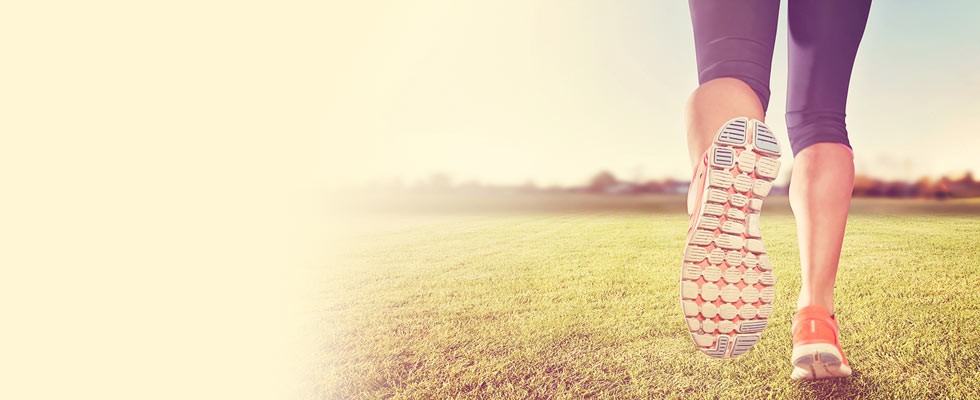 All families should have a first-aid kit - or two - on hand for emergencies. Gathering supplies ahead of time and educating your whole family on how to use the items in your kit is essential to handling emergencies. Treating minor injuries that happen around the home or while traveling can help you stop bleeding, prevent infection and help in decontamination. You can buy a premade kit, or you can create one of your own and fill it with the necessary items. The Red Cross recommends keeping a first-aid kit not only in your medicine cabinet, but also near areas where accidents are likely to happen, like the kitchen or garage. Educate the whole family on where to find the kits, so that everyone is prepared in an emergency. If you choose to create your own first-aid kit, then find a container that is large enough to hold all the items comfortably and within view. Plastic tackle boxes or art-supply containers work great for this purpose because they are sectioned and open up to show all the contents.
All families should have a first-aid kit - or two - on hand for emergencies. Gathering supplies ahead of time and educating your whole family on how to use the items in your kit is essential to handling emergencies. Treating minor injuries that happen around the home or while traveling can help you stop bleeding, prevent infection and help in decontamination. You can buy a premade kit, or you can create one of your own and fill it with the necessary items. The Red Cross recommends keeping a first-aid kit not only in your medicine cabinet, but also near areas where accidents are likely to happen, like the kitchen or garage. Educate the whole family on where to find the kits, so that everyone is prepared in an emergency. If you choose to create your own first-aid kit, then find a container that is large enough to hold all the items comfortably and within view. Plastic tackle boxes or art-supply containers work great for this purpose because they are sectioned and open up to show all the contents.
Must-haves for any first-aid kit include: two pairs of latex (or alternative material, if family members are allergic to latex) gloves, sterile dressings and gauze pads to stop bleeding, soap or antibacterial towelettes to clean wounds, antibiotic ointment, sterile pads and tape for dressing wounds, eye wash (saline is fine), ice pack, thermometer, a 3-day supply of prescription medication for each family member who needs it, and prescribed medical supplies, such as those used for diabetes or asthma. Tweezers, scissors and other medications, such as laxatives, Benadryl (for allergic reactions) and pain relievers are helpful as well. If your first-aid kit includes medications, then it's important to note expiration dates and rotate the medication as needed, discarding the expired medication and adding new ones. A first-aid kit is only as good as the people using it, so teach your family how to handle emergencies and how to use the tools in the kit. Always keep medications out of the reach of small children.












